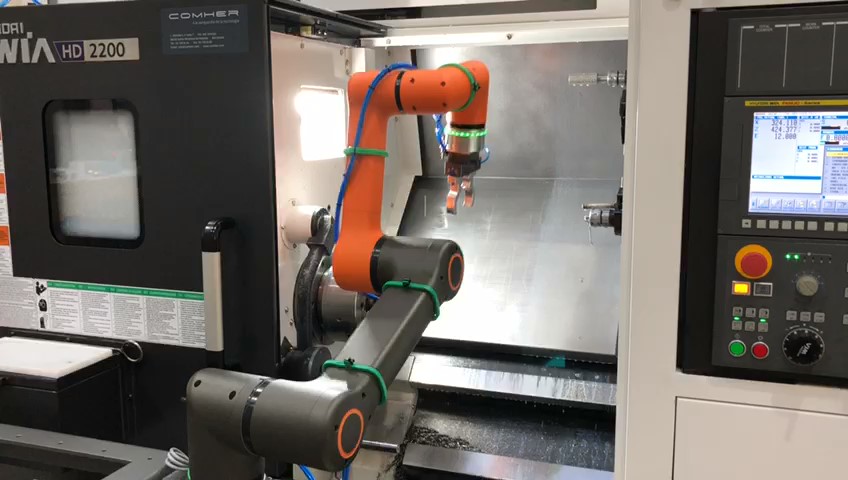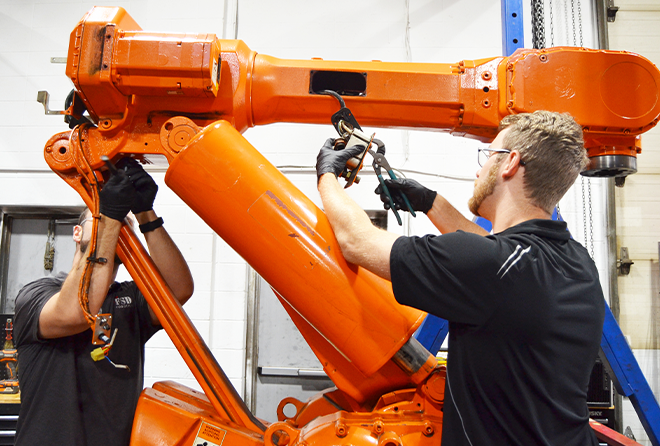Machine tending is the procedure of loading and unloading components into a computer numerical control (CNC) machine. Usually, this process has been done manually by a human worker. Over time, machine tending has demonstrated to be tedious and potentially unsafe for workers. Therefore, manufacturers are having an increasingly challenging time finding employees willing to tend machines.
Manual machine tending procedures are slower, less precise and less consistent. Collaborative robots offer an encouraging solution for more efficient machine tending.

Why Utilize Hanwha HCR Collaborative Robots for CNC Machine Tending?
There are several reasons why a collaborative robot is exceptionally effective for CNC machine tending applications. Firstly, Hanwha HCR collaborative robots highlight fast deployment that diminishes integration expenses and allows for simple changeovers when a different job needs to be automated. Easy programming further improves the speed of implementation and reallocation.
Collaborative robots come at a much lower price point than industrial robots. This lower initial price allows companies to quickly accumulate return on investment to start noticing productivity advantages straight away.

The Advantages of Hanwha HCR Collaborative Robots in CNC Machine Tending Applications
The most direct and impressive advantage of using Hanwha HCR Cobots in CNC machine tending applications is their capability to build up productivity. For cutting, routing, grinding, or milling, Cobots function with considerably superior levels of uptime than human labourers, resulting in substantially greater output. When this element is considered alongside the vast cost savings created by collaborative robots, the result is superior productivity and efficiency.
In addition to greater efficiency, Cobots tend to generate greater levels of safety in operations. They permit human employees to concentrate on other more cognitive-oriented jobs that are safer and usually have strong characteristics to prevent damaging accidents. When contrasted to industrial robots that require security barriers and larger safety equipment, collaborative robots are small and take up very little room on the factory floor.
Collaborative robots are ideal for CNC machine tending applications. They’re safe, productive, and they allow human workers to focus on more value-added tasks in production. CNC machine tending, when done physically, can be inconsistent and a blockage in production. Collaborative robots help companies ramp up production for more competitiveness on a global level.






